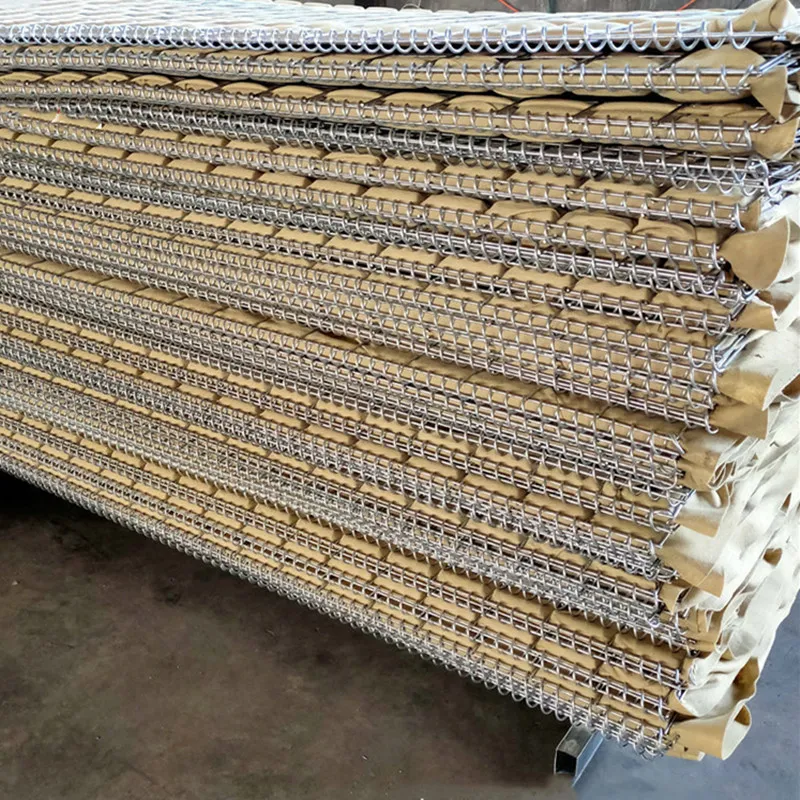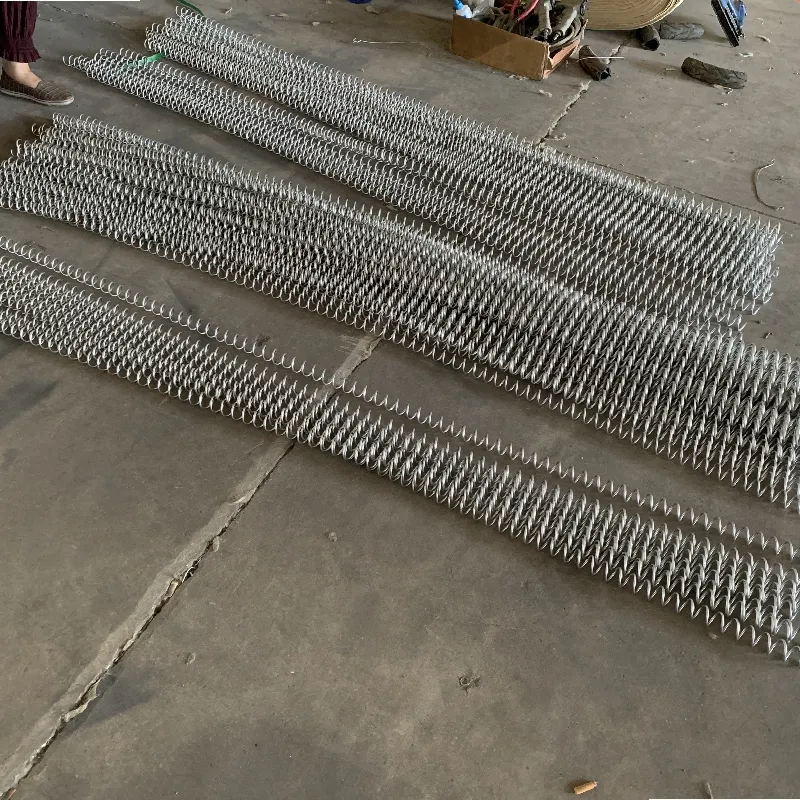Last month I walked a hazardous-chemicals site where the new Explosion proof wall had become the quiet star of the project. To be honest, the shift is obvious: owners want prefabricated, testable systems that install in days, not months. And, surprisingly, they also want panels that can be swapped out after a blast without tearing up the foundation.

A modern Explosion proof wall typically uses high-strength structural steel (e.g., Q345B/S355 or higher), an energy-absorbing core (corrugated or cellular), and a backplate to manage rebound. Welding follows AWS D1.1/ISO 15614 with welders certified to ISO 9606-1; NDT includes MT/UT per ISO 17638. Coatings are galvanized (EN ISO 1461) plus powder or epoxy to ISO 12944 C4–C5. Blast design is verified with non-linear FE analysis against UFC 3-340-02 and EN 1991-1-7 accidental actions, with arena tests for validation where required [3][4]. Fire adjacency can be addressed with separate passive protection (EN 1364-1), if the risk model calls for it.
| Parameter | Typical value | Notes |
|---|---|---|
| Design overpressure | 0.05–1.0 MPa (≈7–145 psi) | Higher on request; real-world use may vary |
| Impulse | up to 700 kPa·ms | Scaled to hazard (VCE, dust, jet) |
| Panel thickness | 80–220 mm | Core geometry tuned to impulse |
| Corrosion class | ISO 12944 C4/C5 | HDG + epoxy/polyurethane system |
| Service life | 20–30 years | With planned recoating cycles |

Refineries and petrochem units, battery gigafactories (electrolyte rooms), LNG plants, paint/resin lines, grain handling (dust), mining and compressor stations. The ask is consistent: shield critical assets and occupied buildings, comply with API RP 752/753, and keep projects buildable. A modular Explosion proof wall helps you do that with fewer crane hours and smaller foundations.
From Hebei’s manufacturing belt—East side of Baoheng Road, Zhaobazhuang Village, Tangfeng Town, Shenzhou City, Hengshui—Tikemetal ships pre-engineered kits with stamped calcs, QCPs, and material traceability. Options include blast doors/windows, cable penetrations, acoustic liners, color RALs, and ATEX zoning documentation alignment. Many customers say installation feels like “large-format Lego,” which, honestly, is the goal.
| Vendor | Lead time | Typical rating | Install method | Replaceability |
|---|---|---|---|---|
| Tikemetal (steel modular) | 4–8 weeks | 0.1–1.0 MPa | Bolted to plinths | Panel-level |
| Vendor A (cast concrete) | 10–20 weeks | High, heavy | Rebar + pour | Difficult |
| Vendor B (hybrid) | 6–12 weeks | Medium | Precast + anchors | Module-level |

Documentation typically includes ISO 9001 QA, EN 1090-1 (EXC3) factory control for structural steel, material certs (EN 10204 3.1), weld/WPS records, coating DFT reports, and blast calcs tied to UFC 3-340-02/EN 1991-1-7. For combustible dust or gas areas, designs align with NFPA 68 venting philosophy and ATEX zoning interfaces, while not being “electrical ATEX” products per se [1][3][5].
Bottom line: if you need a fast, testable barrier that fits site reality, a modular Explosion proof wall is an easy shortlist item.
RELATED PRODUCTS